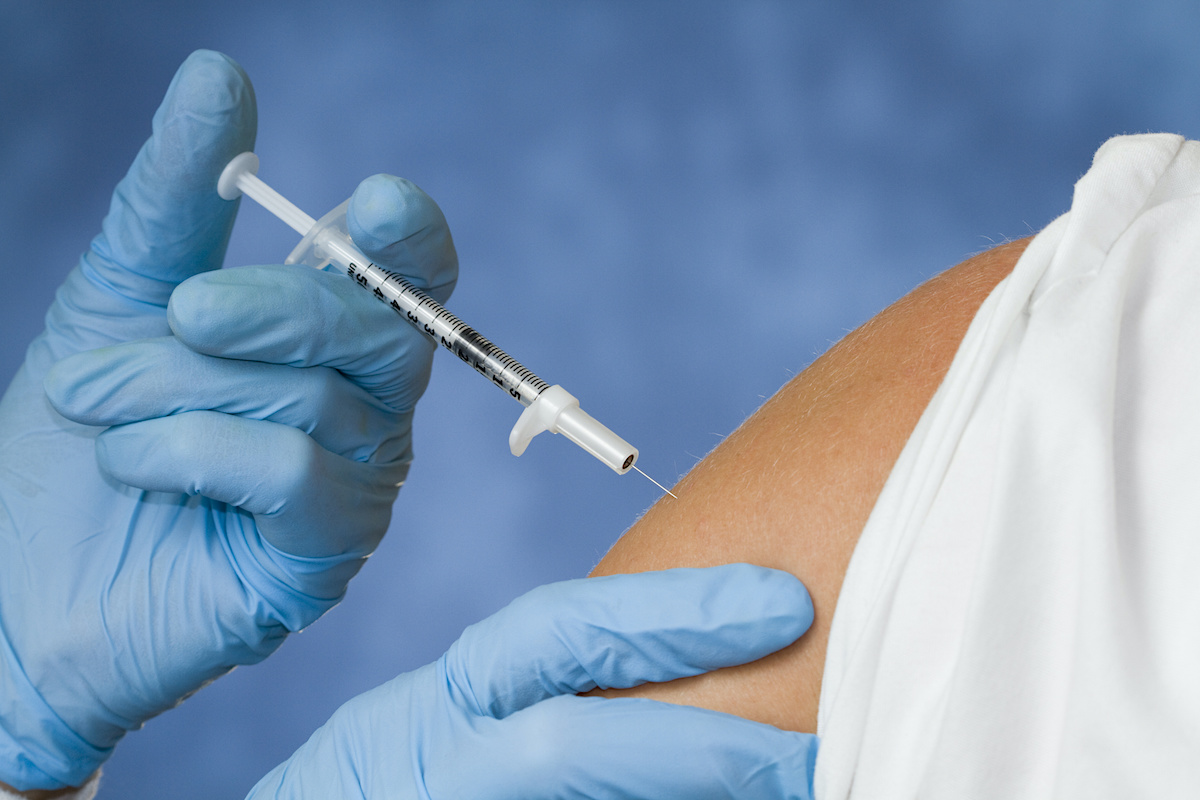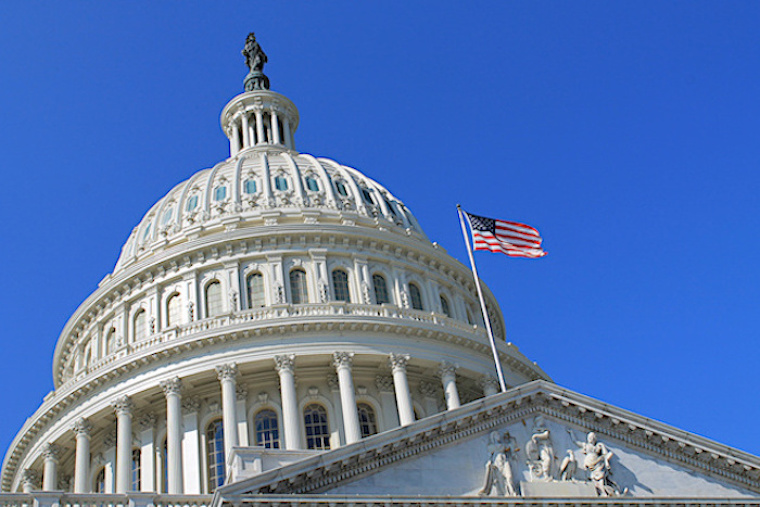
WASHINGTON — Across the many pages of plans that state officials sent to the Centers for Disease Control and Prevention on distributing and tracking the yet-to-be-approved COVID-19 vaccines, there are more questions so far than answers on how exactly vaccine programs will be carried out.
Yet states will be on the front lines for a far-reaching vaccination initiative expected to cost in the billions, as the nation registers more than 8.3 million COVID-19 cases and 221,000 deaths. The federal government rescue effort is stalled along with additional vaccine funding while Congress and the White House extend months-long talks to broker a new relief deal.
Georgia’s Department of Public Health sent the first draft of its vaccination plans to the CDC Friday. The document is still subject to change, and vital information — including the program’s cost — is not yet known.
COVID-19 Vaccination Plan Georgia- Interim Draft
“Until the plan is reviewed and approved by CDC, there isn’t anything else for us to comment on,” said department spokeswoman Nancy Nydam. “Much of what happens going forward will depend on the vaccine itself, when we receive it and what the protocols will be for prioritizing distribution among various populations.”
The World Health Organization maintains a list of candidate COVID-19 vaccines and the progress being made on research into their effectiveness and safety. No vaccine is available now.
Georgia’s plan outlines how the state will receive, ship and store the vaccines, the distributor, who will be first in line to receive them, and how their safety will be monitored.
The initial state plans for the massive logistical undertaking were due to the fast CDC timeline, only a month after the administration released its initial COVID-19 vaccination playbook. As those plans were being filed, the National Governors Association sent a long list of questions to the Trump administration, seeking more details on what states can expect when it comes to vaccine distribution, tracking and additional money to pay for those efforts.
“We need to answer these questions before the vaccine is available so that we are ready to go and no one is caught flat-footed when the time comes to vaccinate people,” New York Gov. Andrew Cuomo said in a statement.
Officials from the CDC did not respond to requests seeking copies of the state plans. The dozen drafts that States Newsroom obtained from state governments followed the federal template, detailing when they began working on their vaccine plans, who is involved, and how they’re beginning to enroll providers that will administer the vaccine.
Vaccination experts say there’s some logistical precedent for states to follow from past public health crises, including the H1N1 outbreak in 2009, when it comes to initial planning steps.
But the coronavirus pandemic and the vaccines currently in the trial phase also have a slew of unique challenges, including strict storage requirements that could range from 46 degrees to -112 degrees Fahrenheit.
The storage question is a particularly thorny one, with state officials lacking details so far on how many doses they can expect, the allotment in each shipment, how quickly those doses will need to be used, and the allocation amounts to an unknown number of providers.
“Some vaccine candidates will require that ultra-cold chain, and that could present a problem for smaller providers in some very rural locations,” said Dr. Isaac Chun-Hai Fung, associate professor of epidemiology at the Jiann-Ping Hsu College of Public Health at Georgia Southern University.
Faced with the daunting problem of finding enough dry ice or cold-storage facilities to store the vaccine, some states are planning to ship vaccines directly to facilities where they can be used within the days-long time frame before doses expire, said Claire Hannan, executive director of the Association of Immunization Managers.
That approach has its own hurdles, she added, such as ensuring each location can schedule vaccine clinics that will use the doses fast enough but also do so while following social-distancing and other precautions.
“That’s a real challenge for rural areas,” Hannan said, adding that North Dakota has said it plans to repackage doses into smaller allotments, an approach that requires close tracking to ensure that the cold temperatures are maintained.
Rural areas also may face technological challenges: Arizona’s draft plan mentions that the National Guard is preparing to help with internet connectivity issues in rural communities that will need reliable internet access in order to do real-time reporting on how many vaccines are being administered.
Who gets the vaccine first?
The CDC’s Advisory Committee on Immunization Practices will issue guidance to states on which residents should get priority for what’s expected to be a limited initial batch of doses, but that panel won’t finalize its criteria until a vaccine is approved.
In the meantime, the National Academies of Sciences, Engineering, and Medicine has outlined four phases, with high-risk health care workers and first responders first in line, along with those who have high-risk underlying conditions and older adults living in long-term care facilities.
Next up are other essential workers, including health caregivers, teachers and Georgians who in food and public service jobs. When vaccines become widely available, all Georgians will be eligible for shots.
The Georgia Public Heath Department is supposed to receive vaccines from the federal government and distribute them using existing systems. The vaccines would then be shipped to health care providers, which state officials began recruiting in August.
Under Georgia law, only some licensed health professionals are typically authorized to administer vaccines. The state’s COVID-19 Vaccine Planning Team is discussing changes to the law that would allow others to give COVID-19 shots, including pharmacists, some nurses, physician assistants, medical students, interns, residents, medical technicians and paramedics.
Billions needed
Few of the state plans include estimates on how much the vaccine efforts will cost, including Georgia’s.
Virginia’s plan does identify a range of projected costs, including $71 million to local health districts running vaccination clinics; $40 million for administering payments to health care providers and managing claims from the uninsured; $3 million for public education efforts; and $3.4 million for supplies like syringes, needles, and bandages.
CDC director Robert Redfield told Congress recently that states may need $6 billion; the Association of State and Territorial Health Organizations and the Association of Immunization Managers sent a letter to federal lawmakers requesting $8.4 billion.
The CARES Act, the massive coronavirus relief bill approved last spring, provided just a fraction of that figure, allocating $200 million for state vaccine efforts.
Negotiations on additional coronavirus relief funds have stalled in Congress, with a wide gap between the $500 billion proposal from Senate Republicans that failed to advance on Wednesday and the $2 trillion plan that House Speaker Nancy Pelosi has been negotiating with Treasury Secretary Steve Mnuchin.
Without agreement on Capitol Hill, states won’t see additional money flowing as they attempt to prepare for a vaccine that could be approved as soon as next month.
“The idea that they’re not going to get additional funding, I mean, it’s just crazy,” Hannan said. “These plans would just be a wish list if they don’t get additional funding.”
This article appears in partnership with Georgia Recorder







